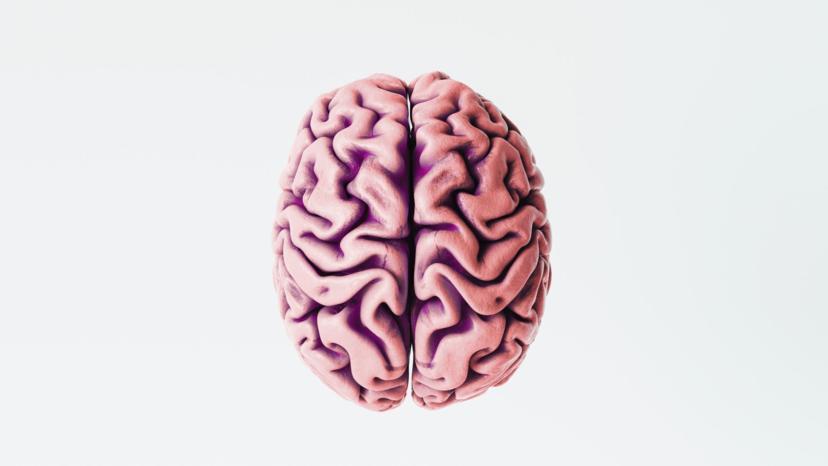3 Facts About Pain & The Brain

Dr. Lianna Hunt is a Doctor of Chiropractic practicing in Encinitas and Southern California.
The brain/nervous system mediates our internal and external environments. Pain is signaled to and from the brain allowing us to know our physical body is changing. Here are three facts about pain and the brain:
One. Pain is not always “bad”.
Pain can be seen as “bad” because it produces a feeling that may hinder our ability to perform daily life activities. However, when fully understood and integrated, we can take this sensation to make changes.
Pain will be experienced when the body breaks down. So to aid in this breakdown, we need adequate time for rest, healing, and regeneration. If we allow the breakdown to continually go on for a long time, the nervous system will most likely shift into an exhaustive state where dysfunctions may flourish.
Pain guides us into understanding our human experience and what changes are/aren’t conducive to our lifestyle.
Two. There are different types of pain.
We can experience pain physically, emotionally, or even spiritually. Physical and emotional pain are the most recognized in society. Physical pain can represent the breakdown of tissue. Emotional pain is experienced through the physical body making the link between them. We don’t live without pain as humans (unless underlying conditions are present) however, we can experience pain differently.
For example, working out or physical activity can induce pain whether it’s in that moment or after (called delayed-onset muscle soreness or DOMS). With this we know the tissue is breaking down, regrowing, and rebuilding to become stronger. Throughout this process, we consciously tell ourselves it’s okay to be experiencing this pain because it will benefit us.
Also, the type of pain changes depending on what evokes it. These can be internal or external stressors (physically, chemically, emotionally, and spiritually).
Three. We can rewire our nervous system to perceive pain differently.
Pain scales vary for each individual. One person may have a high pain tolerance and another person may be highly sensitive to all sensations. Either through trauma circumstances, highly induced stressful states, or even through our conscious awareness, we can rewire or train our nervous system to perceive pain differently. According to the National Academy of Sciences, through brain scan activity it was seen that “people can train their brains to process pain differently and reduce the amount of pain that they feel.”








